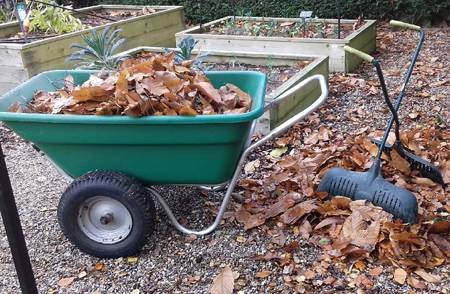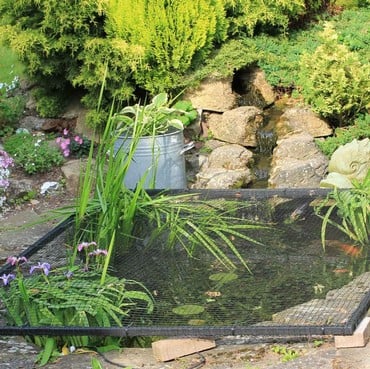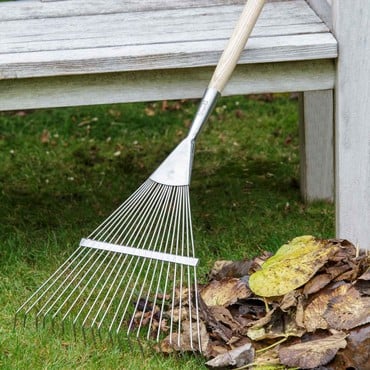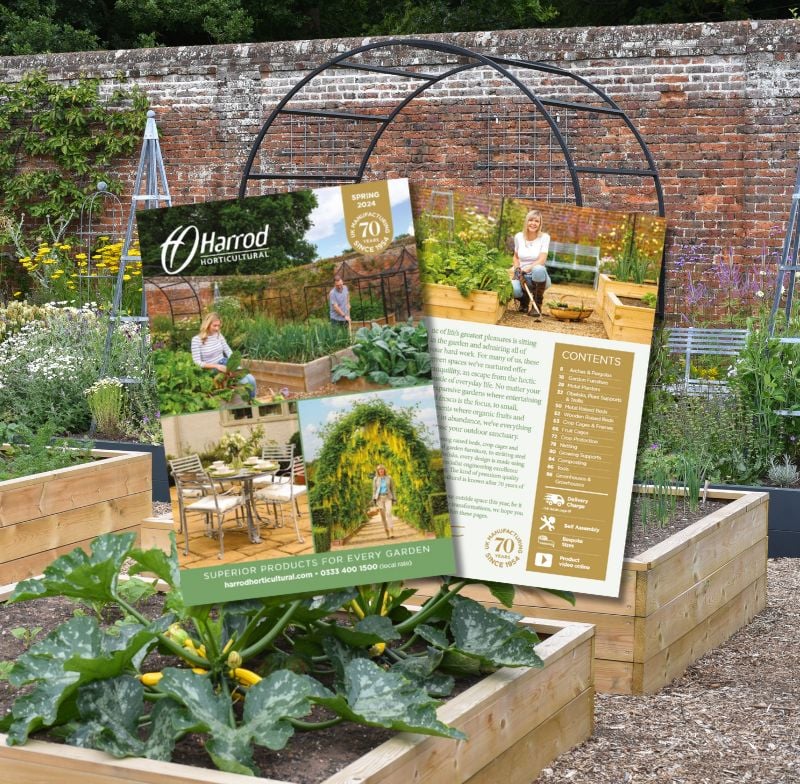Well this week has seen me clearing paths and borders of leaves after yet another storm has passed through. Though this storm brought snow and hail with temperatures plummeting to what they should be.

Whilst I am raking large piles of leaves, I am always cautious of hibernating hedgehogs, I once found a hedgehog sleeping in the leaves of crocosmia. So, I have decided to write this week about hedgehogs or Mrs Tiggy-winkle as they are affectionally known as.
These spiky visitors are sadly in decline but us gardeners can do a lot to help to them survive and find them a home in our gardens and allotments. The recent State of Britain’s Hedgehogs 2018 report, published by wildlife charities Peoples Trust for Endangered Species [PTES] and the British Hedgehog Preservation Society (BHPS) showed that at least half of Britain’s hedgehogs have been lost from the countryside over the last two decades.
In towns and cities, the picture is a little better and although the species has declined in urban areas by a third since 2000 the rate of decline is now starting to slow, and in some areas numbers might even be increasing. There are many reasons why they have declined but we, the gardener, can do a lot to help them. It doesn’t matter what size plot you have, you can make a comfortable and safe home for hedgehogs. Here are a few suggestions to encourage them into your plot.
- Make a cd sized hole in your fence/wall to allow them to roam freely
- Encourage natural food like insects into the garden, if you have room plant a wild corner and of course a compost heap
- Provide an easily accessible water supply, we use plant pot saucers and dot them around the garden
- Make them a home using either logs or a leaf pile or you could provide the hedghogs the ultimate home and make a hedgehog house
- Remove hazards from your garden like rubbish, tie up loose nets and if you have to use slug pellets, make sure they are hedgehog friendly
- Make sure if you have a pond there is a way for hedgehogs to get out if they should fall in or place a pond cover over it
- Remember to check any fires before you light them. Hedgehogs do not have the flight or fight fear that a lot of animals and birds have and to them a large pile of twigs and leaves just look like a nice warm nest
Don’t panic if you do see a hedgehog on the move during the winter. They hibernate between October/November to March/April but they don’t really go to sleep. They lower their body temperature to match the enviroment they are in, go into a state of torpor which allows them to save energy. They can move nesting sites at least once during hibernation and as long as they look healthy its best to leave them alone.
So don’t forget whilst raking large piles of leaves or making a bonfire, to give a thought to our garden favourite, the hedgehog.




























